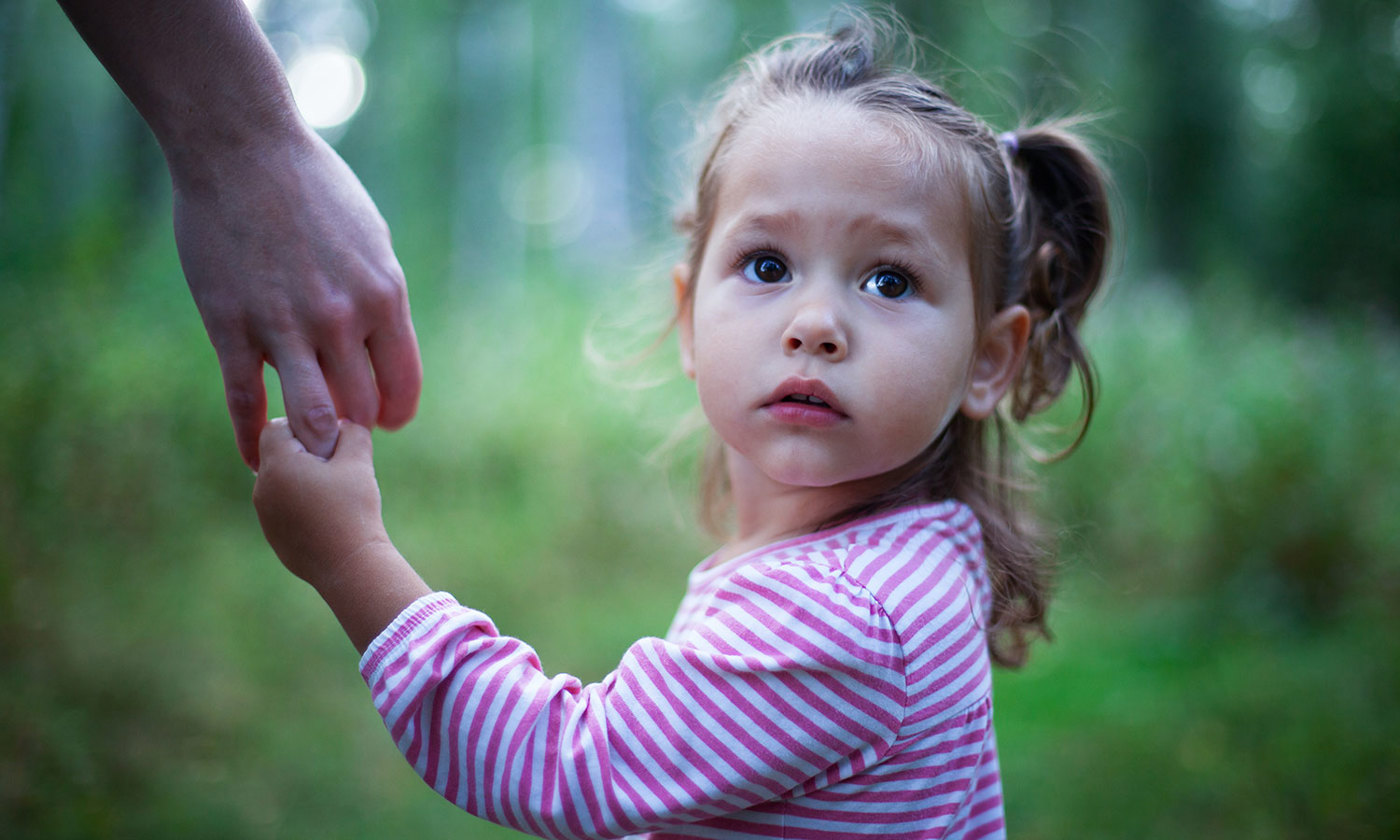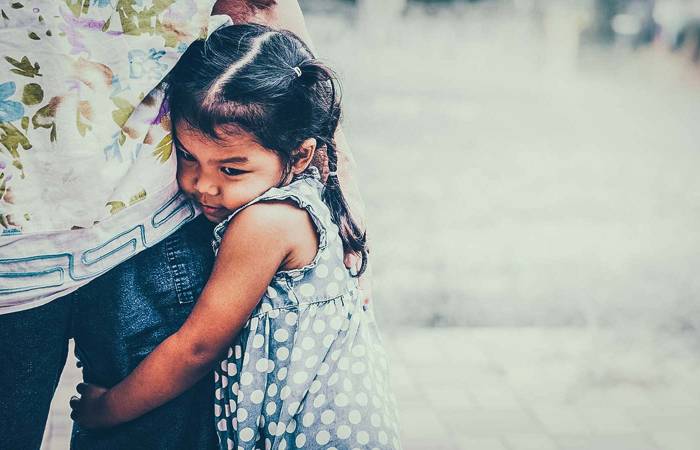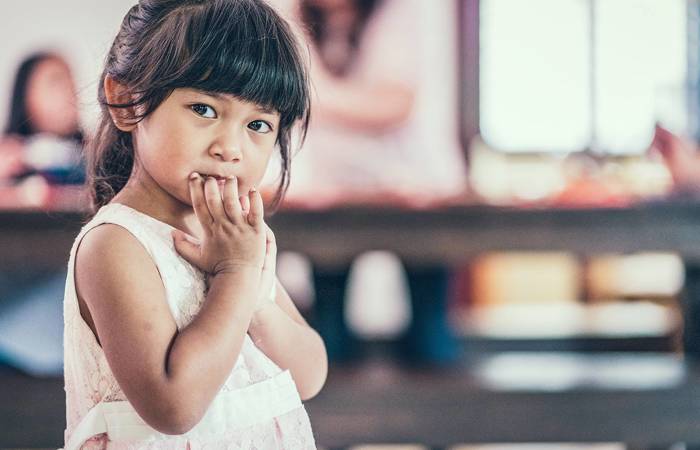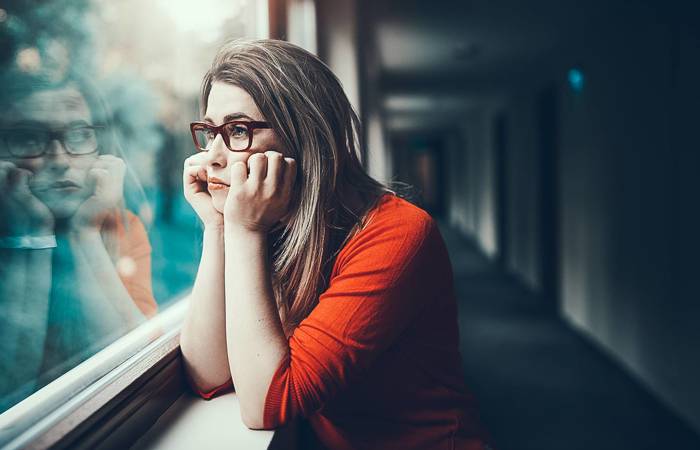Like what you see?
Sign up to receive more free parenting advice.
Thank you for subscribing to our newsletter!
Child Development

Credit: iStock.com/Ольга Simankova
It’s no secret that our tweens and teens are suffering from mental illnesses at higher rates than previous generations, especially girls1.
“I believe children are increasingly feeling the pressure from the world, which previously that age group has never really faced until much later on in life,” explains Karen Young, neurodevelopment educator and founder of Hey Sigmund.
“Their world has become about, ‘I can’t play as I need to study’, ‘I need to work really hard to get a good job one day’, ‘I need to… I need to’.”
The question experts are starting to ask is: can their early childhood experience shape how they cope with the pressure they face in their adolescent years?
Young points out that certain levels of anxiety are developmentally appropriate, but sometimes as loving parents we might unnecessarily treat an acceptable level of childhood anxiety as abnormal.
The impact of screen time and lack of free play
Other lifestyle factors that can impact anxiety for this generation of children are increased screen time and less opportunities for unstructured, free play.
“It’s really normal, healthy and developmentally appropriate for children to get anxious,” she says.
“For example, it’s very normal for children to get separation anxiety. It’s their way of saying they feel they’re at risk and it’s our job, as parents, to help them assess that risk as safe and navigate through it.
“I see a lot of parents pathologising normal, healthy anxiety.
“This is understandable – it can be difficult to know when anxiety is beyond developmentally or situationally appropriate levels.
“The problem is that it can inadvertently feed into a deficiency story for the child.
“They can start to tell themselves, ‘I’m not good enough’ or ‘there is something wrong with me’, which can then play into a sense of isolation and negative thinking which can then contribute to greater anxiety or depression.”
With children spending more times on screens, Young confirms that screens do have a part to play in their mental health.
“We know that screens interrupt sleep, and sleep is one of the key things a child’s developing brain needs,” she says.
“It also interrupts play, another key factor for healthy brain development.”
When it comes to play, Young highlights the importance of unstructured free play, particularly in the early years.
“Lack of free play and increased structure in learning can contribute to anxiety,” she explains.
“When we put children, before the age of five, in front of learnings where there is only one right answer, for example what comes after two, it can lead to the idea of either ‘I’m right or I’m wrong’, ‘I’m smart or not smart’, and this isn’t something we want to instil in them at such a young age.”
Instead, Young is an advocate for unstructured free play, where there are multiple solutions to a problem.
“The lesson then being learnt is that if something doesn’t work out, it’s okay, there’s another way around the problem,” she adds.
“Play is how children practice being brave, practice resilience, ‘if things don’t go to plan, I can find another plan’.”
When we put children, before the age of five, in front of learnings where there is only one right answer, for example what comes after two, it can lead to the idea of either ‘I’m right or I’m wrong’, ‘I’m smart or not smart’, and this isn’t something we want to instil in them at such a young age.Karen Young
Stay up to date with the latest news and articles from First Five Years
Thank you for subscribing to our newsletter!
Today’s tween and teen girls
“I am seeing more girls presenting with depression, anxiety and self-harm and parents are reporting seeing this more in their daughters,” says Young.
In 2014, Dr William Bor and his colleagues examined whether there were any changes in the mental health of children between the 20th and 21st century.
The most significant finding was the increase in mental health concerns among adolescent girls.
In 2015, the Australian government released its second report on the Mental Health of Children and Adolescents.
Compared to the first report, issued in 1998, the prevalence of major depressive disorders among teenagers increased from 2.9 percent to five percent. For boys, it increased by 1.6 per cent. For girls, it increased by almost 3 percent.
In 2018, a report led by Mission Australia and the Black Dog Institute echoed the same warning.
While ‘psychological distress’ in teenagers has consistently risen from 2012 to 2018, girls were twice as likely as boys to experience it.
For girls, the increase was 7.5 percent over the six year period, while boys rose by nearly 3 per cent.
This year, the AIHW found that girls, between ten and 14 years old, were seven times more likely to be hospitalised for intentional self-harm than boys.
“Girls seem to be more prone to anxiety,” explains Young.
“It doesn’t mean that boys aren’t experiencing anxiety or feeling the stress of the world.
“Boys tend to express themselves in different ways – their response is more external.
“Boys just might not be as open to talking about it as girls.”
How can parents help children be brave?
This generation of parents are the most open to learning and have the most amount of information on how best to parent, which, according to Young, can inadvertently feed into their own anxiety about parenting which could then transfer onto their children.
“I first need to say parents don’t cause anxiety in their children,” she emphasises.
“But we can inadvertently steer our children’s anxiety, which is healthy and normal, in the wrong direction.
“Children look to their parents for signs of safety when they feel unsafe and if parents are constantly worried, either about how they should parent, or how their children should act in certain situations, children can feel unsafe and anxiety catches.”
However, she explains brave behaviour catches too.
“Parents can also steer their children’s anxiety into a more positive direction and give their children the resources to cope when they have big feelings.”
First, Young recommends parents make sure that their children know that parents can handle every feeling children have, no matter how big that feeling feels.
“This message we give our young children translates later on in the teens years as: you can come to us when you have big feelings, we can handle it and we can get through it together,” she says.
Allow children to take safe risks
Another strategy Young recommends to parents is to allow children to take safe risks.
She explains that parents are wired to instinctively protect their children from threatening situations.
The problem is, when parents protect their children from non-threatening experiences, they prevent their children from learning that anxiety doesn’t always mean ‘threat’.
It also stifles important opportunities for children to learn that, despite feeling anxious, they can still do brave things.
Young also recommend parents don’t always put on a brave face.
“If we are always modelling that we are okay all of the time, what happens is that on the days when children don’t feel okay, it doesn’t feel right,” she explains.
“Instead, if we explain that we feel anxious about something, but that we know we can do it, and we know we will be okay, we are teaching our children that we can feel anxious and be brave, we can feel anxious and be okay, we can feel anxious and still do hard things.”
Finally, Young adds that what children need most from parents are safe, secure, loving relationships where they feel brave enough to take safe risks and that parents will be there if they get it wrong.
“Parents will ultimately teach their children that they can do more and more brave things with the world.”
[1] “Are child and adolescent mental health problems increasing in the 21st century? A systematic review.” [https://journals.sagepub.com/doi/10.1177/0004867414533834], Australian and New Zealand Journal of Psychiatry, 2014.







